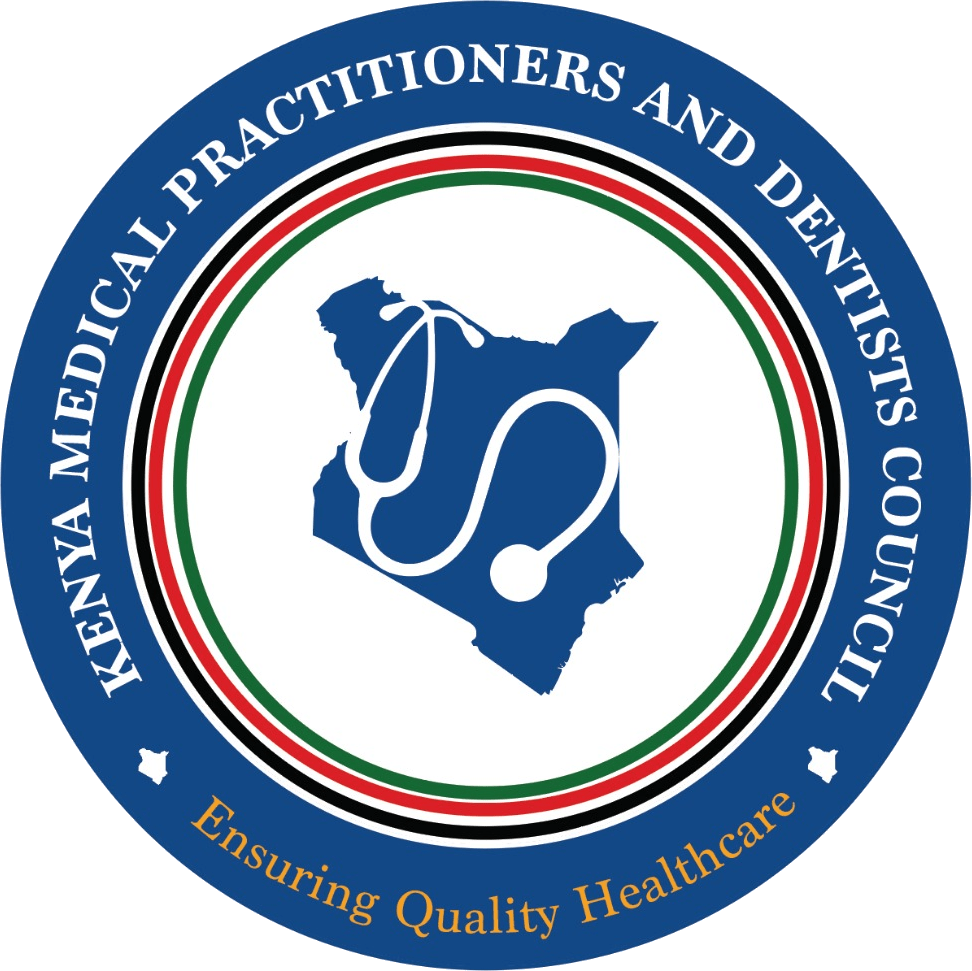Starting on:
Mar 14, 2025
Ending on:
Mar 14, 2025
Moderator(s):
KUTRRH
Max Credits:
3 Points
Provider:
Kenyatta University Teaching and Referral Hospital
Claim Points
Mar 14, 2025
Ending on:
Mar 14, 2025
Moderator(s):
Dr.
Wangui Manguyu
Dr.
Venue: Dr.
KUTRRH
Max Credits:
3 Points
Provider:
Kenyatta University Teaching and Referral Hospital
Claim Points
ADENOTONSILLECTOMY: ANAESTHETIC CONSIDERATIONS
Starting on:
Mar 14, 2025
Mar 14, 2025
Ending on:
Mar 14, 2025
Mar 14, 2025
Venue:
KUTRRH
KUTRRH
Description
Introduce the Scope and Relevance of Adenotonsillectomy Highlight its prevalence in pediatric surgical practice and its association with obstructive sleep-disordered breathing (oSDB) and obstructive sleep apnea (OSA).
Objectives
Introduce the Scope and Relevance of Adenotonsillectomy
Highlight its prevalence in pediatric surgical practice and its association with obstructive sleep-disordered breathing (oSDB) and obstructive sleep apnea (OSA).
Review Relevant Anatomy
Discuss the structure and function of Waldeyer’s ring and its components, including the pharyngeal and palatine tonsils, with emphasis on vascular and nerve supply.
Understand the Pathophysiology of oSDB/OSA in Pediatrics
Explore how adenotonsillar hypertrophy contributes to airway
obstruction and the implications for anaesthetic management.
Examine Diagnostic Approaches
Outline clinical assessment, risk factors, and investigations including polysomnography and imaging techniques.
Discuss Surgical Indications and Techniques
Present criteria for surgery, types of tonsillectomy (cold, hot, coblation, partial), and associated complications.
Anaesthetic Considerations
Detail preoperative assessment, anaesthesia planning, induction strategies, airway management, and pain control.
Address Perioperative and Postoperative Challenges
Review management of complications such as bleeding, laryngospasm, and postoperative nausea and vomiting (PONV).
Emphasize Postoperative Care and Discharge Planning
Identify criteria for day-case suitability and the importance of communication and patient selection.
Summarize Key Learning Points
Reinforce the need for risk stratification, multimodal analgesia, and specialized care for high-risk pediatric patients.
Presenters
-
Dr.
Sheila Kirongothi
Dr.

